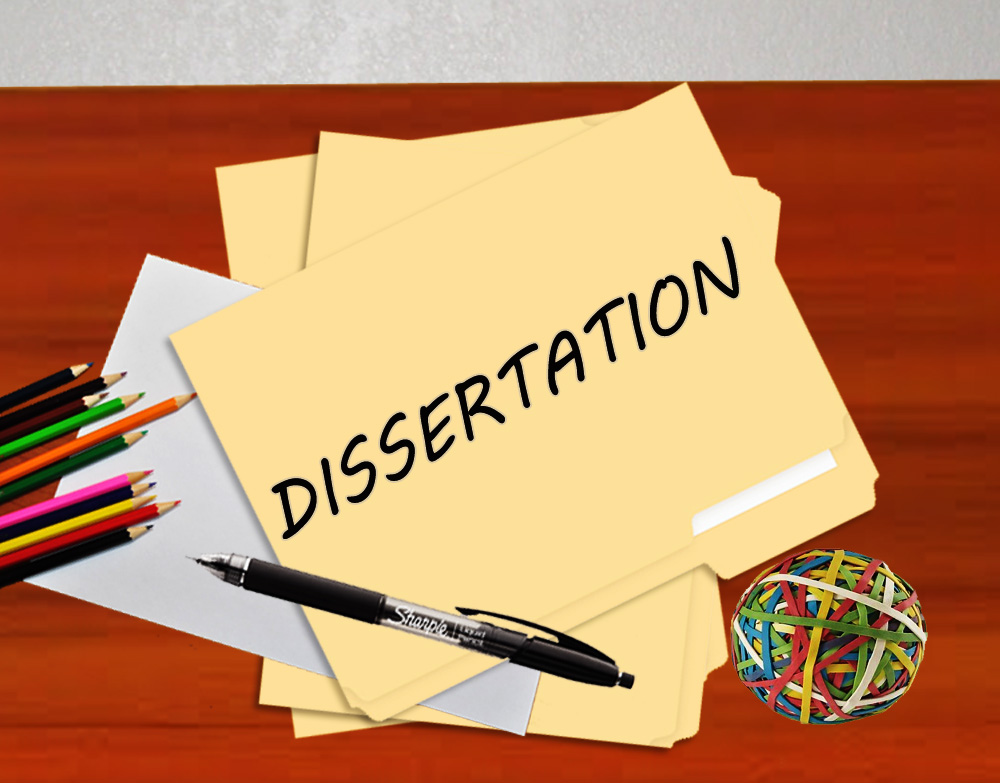How To Use Dissertation Examples To Improve Your Writing?

Writing a dissertation is a significant academic challenge that requires a deep understanding of the subject, extensive research, and strong writing skills. The process can be daunting for many students, but one effective way to ease the burden is by studying examples.
These can serve as invaluable resources, offering insights into structure, style, and methodology. Here's how you can use
dissertation examples
to improve your writing.
Understanding the Structure
A well-structured dissertation is crucial for clear and effective communication of your research. Its examples can help you understand how to organize your work. Typically, it follows a simple structure. Letís look at it in detail!
1.
Title Page: Includes the title, author, institution, department, delivery date, research mentor(s), and advisor.
2.
Abstract: A summary of the research question, methods, results, and conclusions.
3. Introduction: Introduces the study's topic, research question, and significance.
4.
Literature Review: Review existing research on the topic, highlighting gaps your research aims to fill.
5.
Methodology:
6.
Results: Present the findings of the research.
7.
Discussion: Interprets the results, explaining their implications and how they fit with existing research.
8.
Conclusion: Summarize the research, discuss limitations, and suggest areas for future study.
9.
References/Bibliography: Lists all the sources.
10.
Appendices: Includes supplementary material that is optional to the main text but provides additional insights.
Learning from Methodologies
The methodology section is critical as it outlines how the research was conducted. They provide detailed descriptions of various research methodologies, which can be particularly helpful if you need help designing your study. Look for:
∑
Research Design: How was the study structured, and was it qualitative, quantitative, or mixed-methods?
∑
Data Collection: The tools and techniques for gathering data, such as surveys, interviews, or experiments.
∑
Data Analysis: The methods are used to analyze the data, including statistical tests or thematic analysis.
By examining these methodologies, you can gain insights into how to design and conduct your research.
Avoiding Common Pitfalls
These can also help you avoid common pitfalls in academic writing. Some issues to watch out for include:
∑
Plagiarism: Ensure all sources are correctly cited and avoid copying text directly.
∑
Overgeneralization: Avoid making broad claims that are not supported by your data.
∑
Methodological Flaws: Learn from the methodological limitations discussed in examples to avoid similar issues in your research.
Gaining Confidence and Inspiration
Finally, studying them can boost your confidence and inspire you. Seeing completed dissertations can reassure you that the task is achievable and give you motivation to persevere. You might also discover innovative approaches or unique perspectives that inspire your research.
To Sum Up!
Using dissertation examples is a strategic way to improve your writing and research skills. Remember, while these are valuable resources, your dissertation should reflect your original research and ideas. Use these as a guide, but ensure your work is uniquely yours.